1973 Bario Revival (6 Revivals)
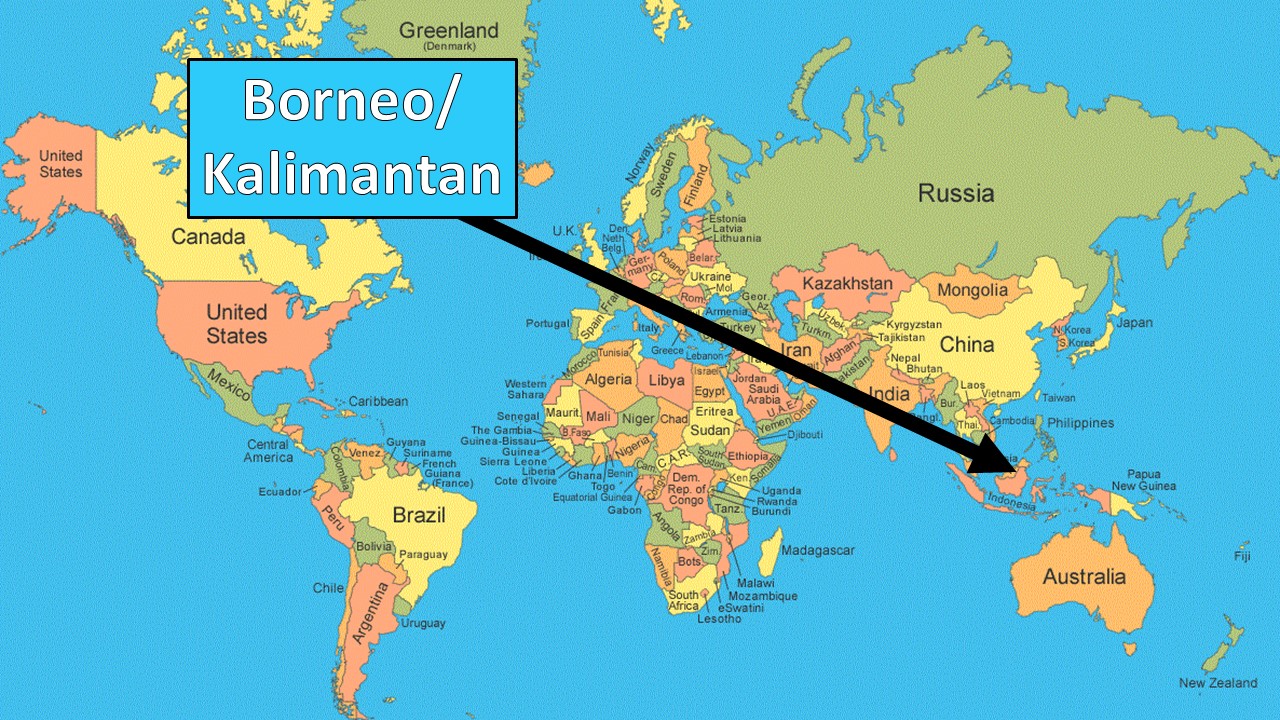

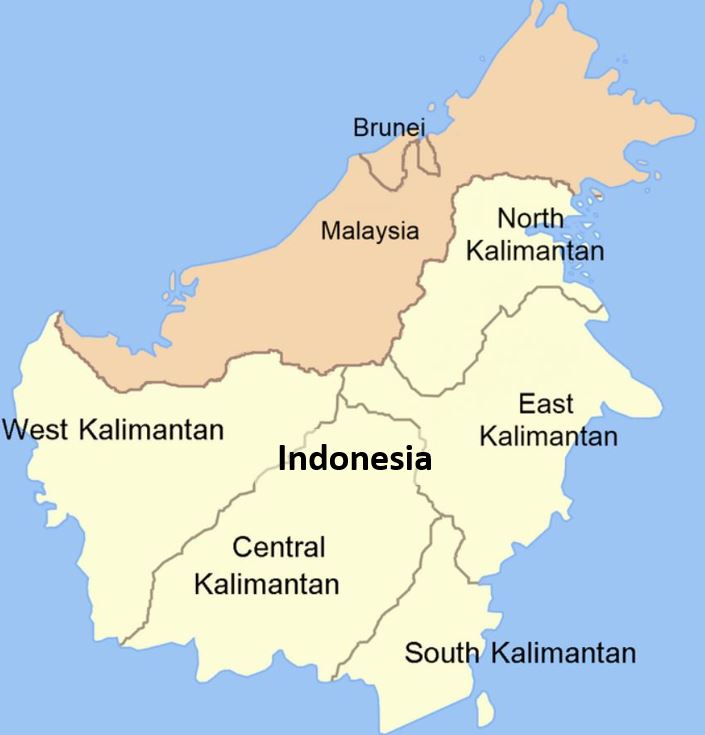
Kalimantan is the southern, Indonesian portion
of the island of Borneo. The non-Indonesian
parts of Borneo are Brunei and East Malaysia.
Recommended Preliminary Reading
To provide context for this revival account, we highly recommend reading our article on the 1933 Lun Bawang Revival, which took place in the northern Malaysian region of Borneo, specifically in the provinces of Sarawak and Sabah. At that time, the local ethnic groups were deeply rooted in paganism and bound by superstitions and occult practices.
The revival described in this account occurred in the same general area, approximately 40 years later. Many aspects of the first revival, as well as its lasting influence, contributed to the 1973 Bario Revival and subsequent movements.
From 1938-1950
Following the revivals of the 1930s, the church continued to grow throughout the area. One writer described a “sense of breathlessness” among believers as they witnessed God drawing thousands into His Church.
Transition to National Leadership
The Borneo Evangelical Mission, which played a major role in the 1930s revivals, was led by a committee in Australia and staffed by Australian missionaries. Plans were made to gradually transition leadership to local pastors from Borneo. A key phase of this transition occurred in 1958, marked by the founding of a Malaysian Protestant denomination, now the largest in the nation—Sidang Injil Borneo (Borneo Evangelical Church).
Nominalism
Throughout the 1950s and 1960s, Bible schools continued to train hundreds of pastors and church leaders, churches were established, and evangelistic efforts persisted. However, by 1970, signs showed a slowing of church growth. Church meetings were predictable and routine. There was little understanding of deliverance from demon possession, speaking in tongues, or healing. Congregants had limited experience with the power of the Holy Spirit in their lives.
Although most people had become Christian, it was largely in name only. In many cases, this conversion involved a ritualistic shift from pagan customs to Christian ones. For the young people, it was often a matter of following their parents’ new faith; as adults, many distanced themselves from church activities.
In 1963, during the Indonesia-Malaysia Confrontation, British soldiers stationed along the border between the two countries—many based in Bario—introduced Western lifestyles, which enticed locals to adopt ungodly practices.
During this period, local pastors and a few faithful believers continued to pray, but the spiritual health of the churches continued to decline.

Kelabit Highlands of Sarawak, Malaysia
Steps Leading to the 1973 Revival
Recognizing the gravity of their situation, the leadership of the Borneo Evangelical Church (Sidang Injil Borneo –SIB) made prayer a high priority. Evidence of prayers taking effect began to appear in the Bible schools, as one report noted:
The word of God was beginning to penetrate like a knife.
Student Movement
A key sign of the approaching revival was the students’ commitment to spending nights in prayer and fellowship. A new love for each other also emerged, along with an intense desire to evangelize the lost. This passion led them to unite into 15 teams that traveled from village to village, sharing the Good News.
More Concentrated Prayer
In June 1972, Bible college students began to pray every evening, starting at 9:30. As more people gradually joined, they eventually divided into multiple groups: four groups for boys and two for girls—all praying and studying the Bible together.
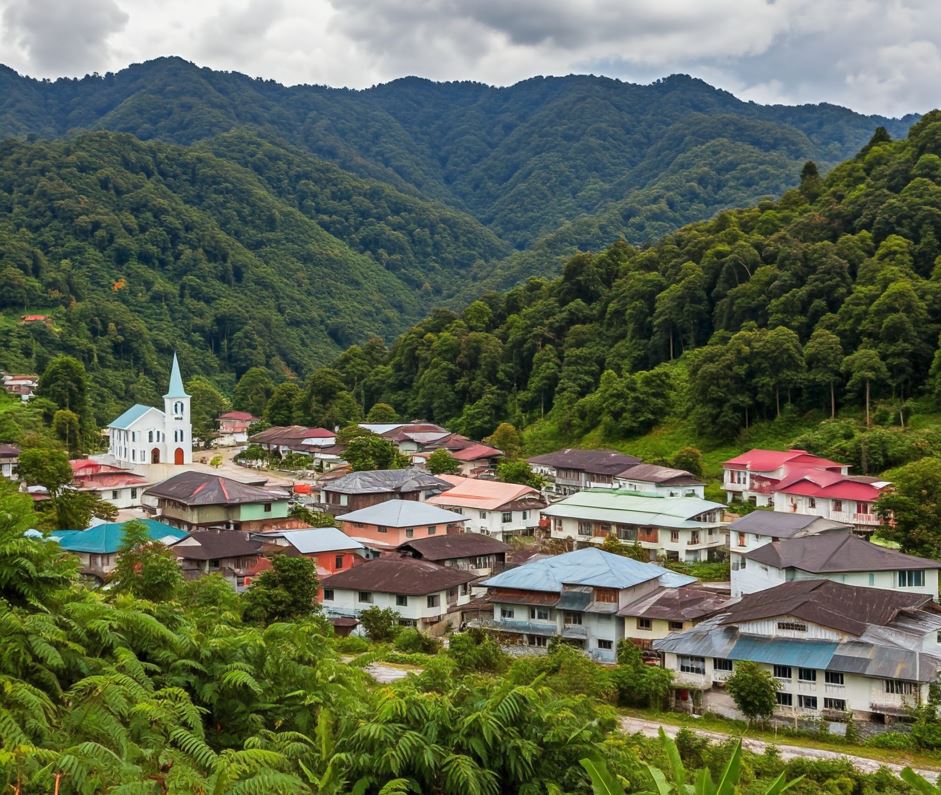
Village and countryside of Bario, Malaysia
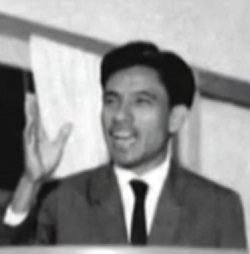
Pastor Petrus Octavianus
Evangelist Petrus Octavianus
Toward the end of June 1972, the evangelist Petrus Octavianus was invited to be the main speaker for the Borneo Evangelical Church’s biennial conference in Lawas. His preaching convicted many of their sins, leading to long lines of people renewing their commitments to Christ. He traveled throughout Sarawak and Sabah, preaching in different locations and witnessing the same results everywhere—conviction and repentance.
Wrongs between couples were confessed, fetishes surrendered. Confession was made of sin, witchcraft, stealing, covetousness, adultery…
Octavianus was again invited to speak at the SIB’s Easter Conventions in 1973, where crowds of up to 4,600 gathered. In addition to believers renewing their commitments to Christ, healings also took place, fueling the revival spreading throughout the region.
Mass Conversions
In early 1973, in a Dusun community, at least 80 people professed their faith in Jesus, with many more in nearby villages. As part of their repentance, hundreds of dollars’ worth of occult amulets and fetishes were brought forth and destroyed, demonstrating the sincerity of their commitments.
Occult amulets and fetishes are believed to hold supernatural powers for protection, healing, or personal enhancement. Amulets are usually worn to guard against misfortune, often made from materials like stones or metals for their symbolic qualities. Fetishes are objects infused with spiritual power through rituals and typically placed in sacred spaces rather than carried. Both are thought to channel mystical forces when consecrated properly.
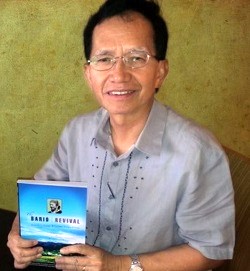
Pastor Solomon Bulan
Outpouring of the Holy Spirit on the Bario High School
On Thursday, October 4, 1973, Solomon Bulan, a teacher at the government high school in Bario and the spiritual advisor of a group of student leaders in the Inter-School Christian Fellowship, confessed that his hypocritical lifestyle made him unworthy to serve in his position.
This confession led to a series of confessions from the group of 12 student leaders. At that moment:
A sudden and strong presence of the Spirit of God descended.
This led to a three-hour prayer meeting in which all of the students present were engulfed in God’s presence.
Dining Hall Outpouring
The following day, during a prayer gathering in the dining hall at the same high school, another outpouring of the Holy Spirit took place.
The gathered students were so enraptured by God’s presence that it filled the hall with loud wailing, as the boys and girls were convicted of sins.
Fresh Evangelistic Power
Following these outpourings among the students and teachers, they found as they shared with people in the dormitories, classrooms, homes, and along the roads, that there was a transference of power, leading to the revival’s spread. This led listeners to experience conviction of their sins and to pray prayers of repentance.
Outpouring of the Spirit upon the Elementary School
Two weeks after the movement began at the high school, a similar event took place among the elementary students. As God’s presence filled the school, one eye-witnessed reported:
Almost simultaneously, the whole school of about 200 students burst into a cacophony of hysterical shrieks and wailing. Everyone was lamenting,
Lord Jesus, I am a sinner! I am sorry, Jesus.
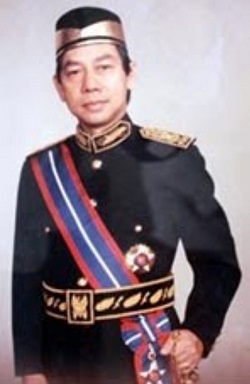
Joseph Balan Seling
Resistance to the Revival
Initially, the church leaders viewed the revival as mere emotionalism and opposed it. However, the Lord used a highly respected government official and seminary-trained church elder, Joseph Balan Seling, to speak about the revival. His words opened the eyes and hearts of the church leaders, allowing the movement to continue freely.
Later, this official reflected on the moment he first arrived at the scene of the revival:
As soon as I stepped out of the plane, I could sense something new was happening.
Satanic Opposition
As might be expected, Satan was at work undermining the revival movement. Though not common among the churches, here are a few of the ways he operated:
► A “prophecy” that told people they longer needed to read the Bible.
► Some individuals were excessive in their emotional expressions, causing disruptions.
► Divisiveness and subsequent disunity hindered the flow of God’s blessings.
Manifestations of the Holy Spirit
► All the gifts of the Holy Spirit were manifested.
► Speaking in tongues occurred, even among young children.
► Students received accurate discernment from the Holy Spirit, enabling them to call out secret sins in people’s lives.
► There were prophetic revelations regarding those holding magic potions and amulets, including the revelation of a murderer among those assembled. Other sins were similarly exposed.
► Some people were slain in the Spirit, remaining unconscious for two days.
► Visions of heaven and hell were reported.
► Lights in the jungle led evangelistic teams as they traveled to villages.
► Trances were experienced.
► Extraordinary boldness emerged to share the Good News.
► Numerous miracles occurred.
► Those who resisted the call to destroy fetishes and amulets were struck unconscious.
► Bodies shook uncontrollably.
► There was joy-filled laughter.
► Deliverance from demon possession took place.
Results of the Revival
► Multitudes came to repentance and experienced the power of God.
► New worship songs were written.
► There was a deep desire to read and study the Bible.
► Evangelistic teams, some even as large as 20-30 people, traveled to different ethnic groups to share the Good News. Some locations were reached by plane, while others required walking for many days and camping overnight in the jungles. At every place they visited, the Spirit of God manifested Himself, and each time it was unprecedented in that place.
► Deliverance from demon possession occurred.
► Physical healings took place.
► At the height of the Bario Revival, the local medical clinic reported having no patients.
► Amulets, good luck charms, talismans, fetishes, and similar items were discarded.
► One judge reported that between 1973 and 1976, there were no cases of disputes or thefts. Disputes were brought before the elders of the church and settled before God.
► Pending court cases were withdrawn or settled amicably out of court.
► People wanted to read the Bible all day long.
► The community was not content with just Sunday services; they desired church gatherings all the time.
► As young people moved to coastal cities for employment and education, the revival went with them.
► Marital relationships were restored.
► Stolen property was returned and restitution was made.
► People chose to skip meals to be in God’s presence.
► Prayer meetings were held every night, and many also held prayer meetings during the day. No inclement weather could stop people from gathering.
► Fieldwork and family chores were neglected for the sake of gathering together.
► School hours were occasionally interrupted.
► The Word of God was taught consistently to keep people on track.
► The number of students in Bible schools increased rapidly by 100% causing staffing problems.
► The Borneo Evangelical Church became the largest Protestant denomination in Malaysia and has extended into many other Asian countries.
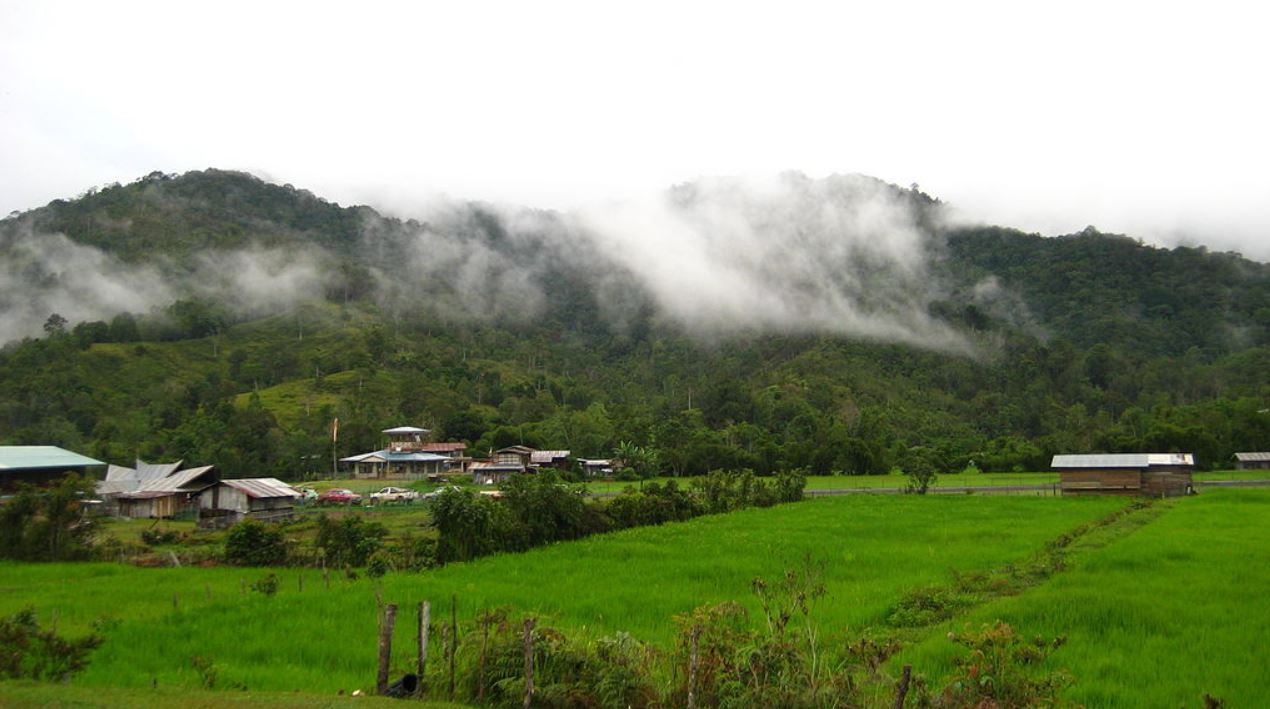
Ba’Kelalan rice fields (wiki commons)
Revival at Ba’Kelalan
Ba’Kelalan, which consists of several villages, experienced revival during the first week of November 1973, when an evangelistic team traveled two days on foot to reach the area. During their very first meeting, the Holy Spirit was poured out, igniting revival fires that spread to the surrounding villages.
Revival in Sabah
Sabah, the far eastern province of Borneo, experienced a revival in December 1973. The believers there had heard of the Indonesian revivals and had been praying for a similar move since 1972. This led to a prayer movement throughout that province, which intensified in November 1973. When the news of the revival in Bario and Ba’Kelalan arrived, it further fueled their passion for prayer.
In December 1973, an evangelistic team from Bario was ministering at a youth conference in Taginambur, Sabah. During the conference, the Holy Spirit was poured out, leading many to confess and repent of their sins. At this same time, many attendees had visions of Jesus, and many received the gift of tongues.
This prompted the young people to assemble ministry teams, and they went out sharing the Gospel everywhere, accompanied by signs following them.
Other Lesser-Known Revivals
The revival in Bario, Ba’Kelalan, and Sabah were the more well-known revivals. However, numerous other towns, communities, and churches also experienced their own revivals.
Three More Bario Revivals
Following the revival that began in 1973, there were three successive revivals that occurred in 1975, 1979, and 1984.
About a year and a half after the 1973 revival, Bario experienced a season of spiritual dryness. Attendance at churches began to decrease, and the people became complacent. A handful of intercessors, concerned about the situation, continued to lift the Church out of its slump through their prayers.
1975 Bario Revival
The revival that occurred in 1975 was ignited by visits from an Indonesian revivalist. Freshness returned to the stagnant churches through the teachings on the baptism in the Holy Spirit and the accompanying manifestation of spiritual gifts.
Following this outpouring of the Holy Spirit, evangelistic teams went from village to village preaching the Good News. Upon their return, they reported deliverance from demon possession and many healings.

Locations mentioned in this account
1979 Bario Revival
As global influences crept into Bario, materialism caused some to drift into self-absorption. Some individuals backslid, and a few prominent church leaders fell into adulterous relationships.
As is common in revivals, a remnant of intercessors began to unite for prayer. After receiving a vision from God about holding a prayer retreat on a mountain, their intensity for prayer for revival grew. Initially, the intercessors prayed in the mountains surrounding Bario, but they later had a vision to pray on Mount Murud, the highest mountain in Sarawak. It was on this mountain that Mount Murud Prayer Chapel was built.
As prayer meetings continued, soon testimonies of healings and miracles began to emerge.
1984 Bario Revival
As before, the villagers in and around Bario grew complacent in their relationship with Jesus. However, when teams from the Pentecostal and Charismatic movements sweeping through Peninsular Malaysia arrived in Bario, the release of the Holy Spirit’s fresh power renewed the believers once again.
Primary Sources
► Drunk Before Dawn by Shirley Lees
► The Bario Revival by Solomon Bulan
► Uncharted Waters by C. Hudson Southwell
Secondary Sources
► A Call to ‘Wake Up’ 50 Years After Malaysia’s Bario Revival by Lillian Bulan-Dorai
► Bario by Wikipedia
► Bario: The Land of Revival by Sherkarl Kugan
► Ba’ Kelalan by Wikipedia
► Ba’ Kelalan, A Story of Christian Revival by Eunice Pen
► Over 3,000 Believers Gather by Faithour
► Revival in Ba’ Kelalan by Michelle Chan & Hwa Yung
► Revival Principles from an Eye Witness Account of the Bario Revival by Bethany Church, Kuala Lumpur
► The Bario Revival: Its Background Context and Beginnings by Jason Law
► The Bario Revival: The Four Waves and Its Impact by Jason Law
Return to List of Revival Stories
Chet & Phyllis Swearingen:
Office: (260) 920-8248
romans1015@outlook.com
Beautiful Feet
P.O. Box 915
Auburn, IN 46706

